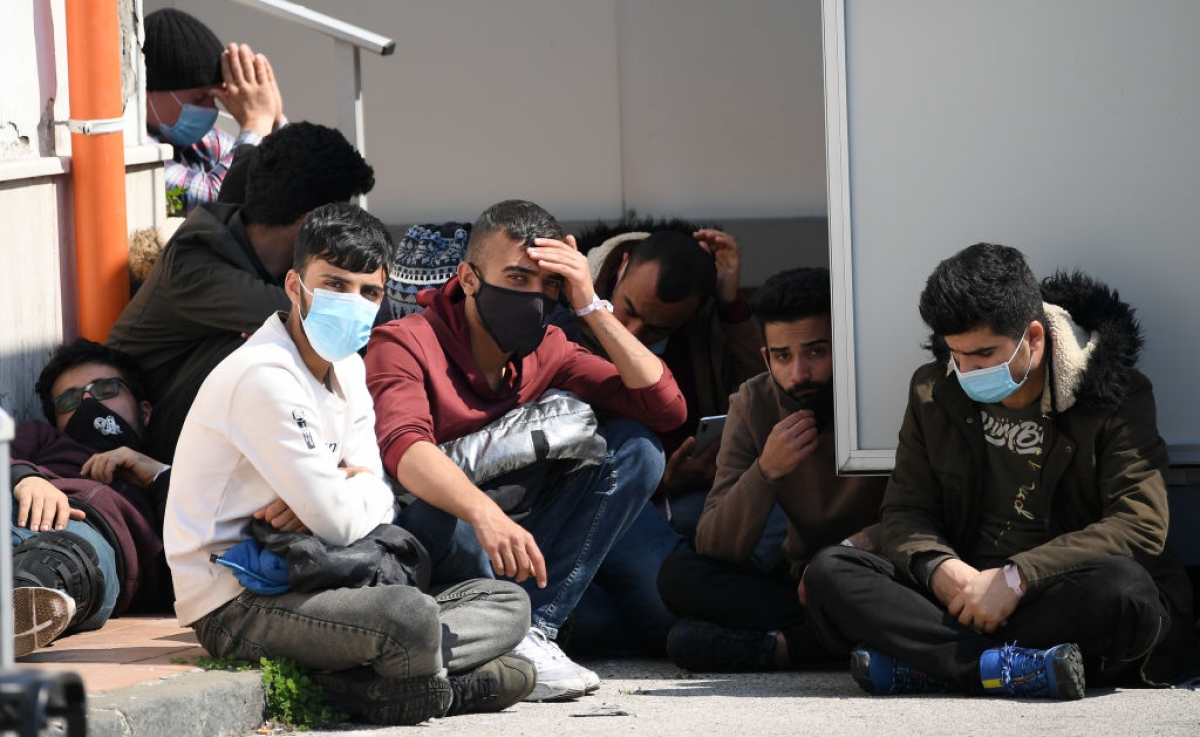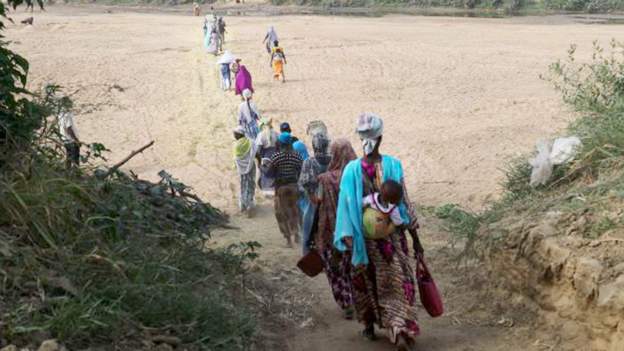Why More Turkish Citizens Are Seeking Asylum in the West
The past year has seen a dramatic increase in the number of
Turkish citizens seeking asylum in Europe and North America. Over 100,000
applications were filed in EU countries, marking an 82% surge from the previous
year, positioning Turkish nationals as the third largest group seeking protection
in the EU, trailing only behind Syrians and Afghans. The US-Mexico border also
witnessed a significant uptick, with apprehensions of Turkish nationals rising
from around 1,400 in 2021 to nearly 15,500 last year.
Türkiye, a country hosting the largest refugee population
globally and a key partner in the EU's efforts to manage migration, is now
experiencing a notable outflow of its own citizens. Currently, Türkiye is home
to approximately 3.6 million refugees and asylum seekers, predominantly from neighboring
Syria, and has received nearly 10 billion euros in EU migration-related funding
since 2011.
The increasing exodus of Turkish citizens is attributed to a
combination of political and economic factors. Bahar Baser, an academic at
Durham University specializing in Turkish migration, points to longstanding
persecution of minorities like Kurds and political dissidents, compounded by a
prolonged economic crisis since 2018. The re-election of President Recep Tayyip
Erdoğan in May 2023 has solidified a sense of despair regarding the country's
future for many.
Baser describes the recent migration trend as a
"perpetual exodus," with its roots traceable to events such as the
2013 Gezi protests and subsequent political developments under Erdoğan's
leadership. Historically, specific groups, such as Kurds in the 1990s and
supporters of the Gülen movement after the failed coup attempt in 2016, were
the primary asylum seekers from Türkiye. However, the current wave encompasses
a more heterogeneous demographic.
Individuals like Hasan Ali and Roza, both pseudonyms for
safety reasons, exemplify the desperation driving this migration. Hasan, a
35-year-old Kurd and Alevi, faces trial on terrorism charges and persistent
state harassment. After losing hope following the 2023 general election, he is
saving to join his brother in Switzerland.
Roza, also Kurdish and Alevi, faced state repression due to
her left-wing activism and sexual orientation. Her arduous journey involved
paying smugglers and enduring a dangerous trek through Bosnia to reach the
Netherlands, where she successfully sought asylum.
Despite some finding refuge, many Turkish asylum seekers
face rejection. Last year, 75% of applications were denied, often leaving
individuals in legal limbo or forcing them to live undocumented. EU authorities
scrutinize human rights violation records and may not view being a silenced
activist as sufficient grounds for asylum.
The exit strategies for Turkish citizens vary. Some secure
tourist visas to the EU, but stringent visa policies have made this
increasingly difficult. Others follow perilous routes, crossing the Maritsa
River into Greece or traveling by boat to the Greek islands. A growing number
also attempt the long journey to North America, traveling through Latin American
countries before reaching the US or Canada.
Özlem, a 45-year-old Kurdish human rights activist, took a
flight to Mexico and endured a grueling journey through Central America to the
US and eventually Canada, where she applied for asylum. Her experiences
highlight the severe challenges faced by those fleeing persecution in Türkiye.
Recent local election setbacks for Erdoğan's party offer a
glimmer of hope for some, but the deep-rooted issues driving this migration are
likely to persist. Whether the political shifts will reduce the number of
Turkish citizens seeking asylum remains uncertain, as Türkiye's history of
political instability and minority persecution predates Erdoğan's era.









